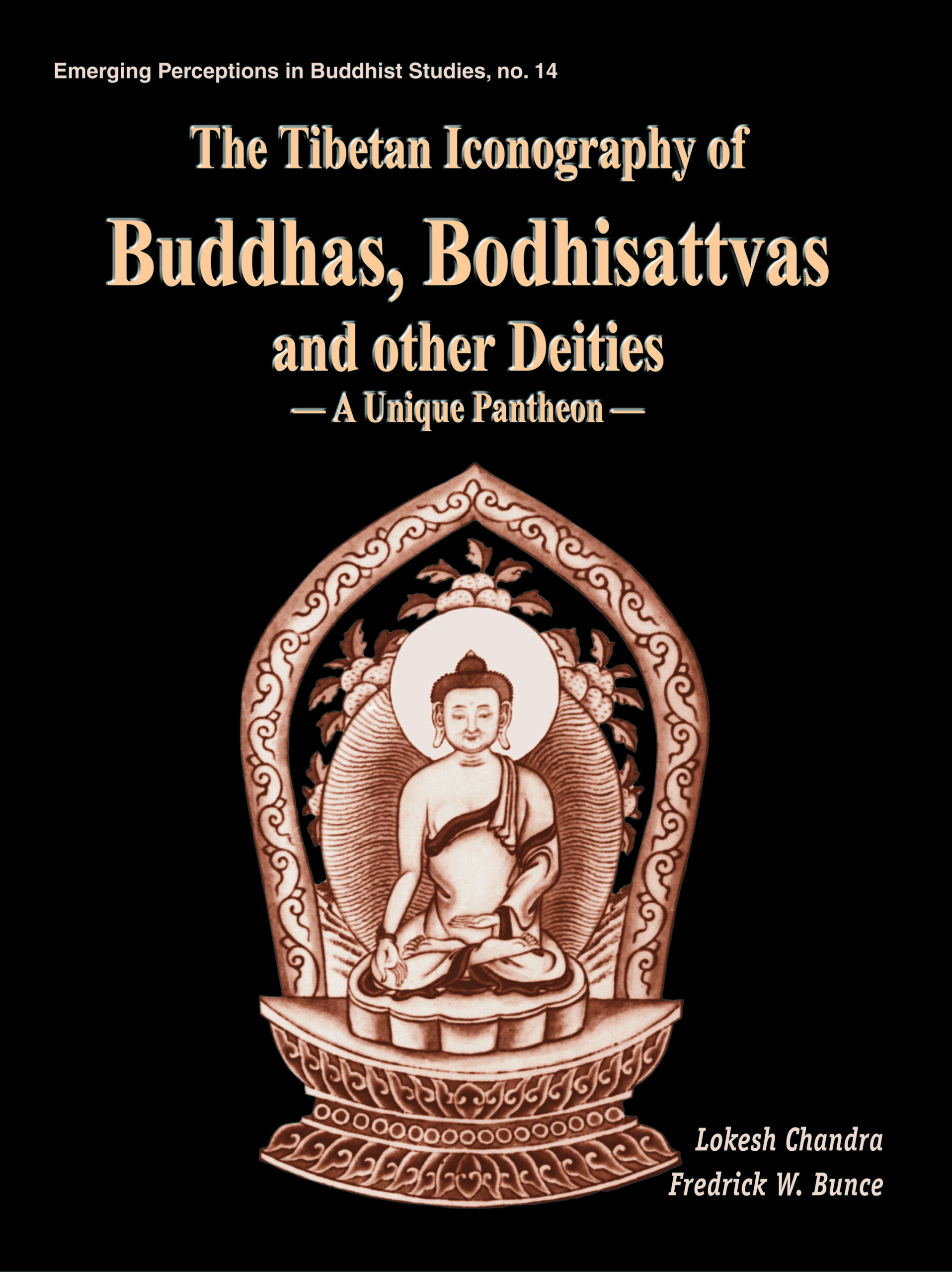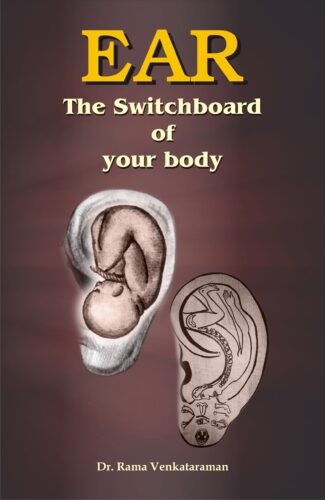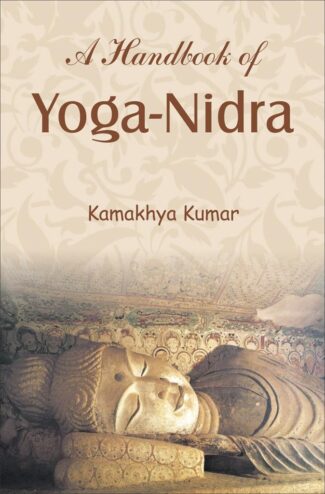-

Indianization of sci...
Indianization of scientific terms
by: Lokesh Chandra₹3,240.00
ISBN: 9788194538707
Year Of Publication: 2020
Pages : 390
Bibliographic Details : Index
Language : English
Binding : Hardcover
Publisher: Aditya Prakashan
Size: 29cm
Weight: 1366
Modern science has created around a million words in European languages. As India gained independence it became imperative to create terms for administration, industry, humanistic and scientific disciplines. It was a continuation of a long tradition of linguistic creativity. This book is a collection of the writeups of Prof. RaghuVira who was the prime `maker of Indian words’. The source languages of European terminologies Greek and Latin shared the same grammatical basis of word-formation from roots with prefixes and suffixes like Sanskrit the historical source language of India. Language as a process of evolution, creation of Japanese and Chinese terminologies, the linguistic reform in Turkish, rejuvenation of Hebrew, the development of Hindi as the official language, principles of coining Indian terms, the art of translation, improvement in Indian terms due to scientific advances, and several facets of the linguistic revolution in newly liberated countries can be read in this book in the very words of Prof. RaghuVira the creator of India’s macrocosm of linguistic evolution. The book is a thrilling narrative of India’s logos, with parallels from other land
Preface
1. Language is a dynamic growth
2. Democratic medium of expression
3. Indian languages in the Parliament
4. Language and national prestige
5. Blazing new trails
6. Denationalization through language
7. Linguistic nihilism
8. English is not the language of the people
9. Source languages
10. India’s languages (1940)
11. Cultural unity of India’s languages
12. Hindustani alias Urdu
3. Development of Indian languages
14. Sanskrit: richest language of the world
15. Purification of the Turkish language
16. The revival of Hebrew
17. Sanskrit and Hindi words in English
18. Socalled international terms
19. The Japanese have their own terms
20. Chinese scientific nomenclature
21. Vietnamese language
22. Capacity of the Arabic language to meet modern needs
23. Replacement of English
24. Roman script
25. Disadvantages of English terminology
26. Problems of English terminology
27. Hindi is the emblem of India
28. Hindi the national language of India
29. Balancing different elements in the growth of Hindi
30. Devanagari script
31. Development of Indian languages
32. The need of an Indian terminology (1945)
33. Adoption versus coining terms
34. Why should we have our terminology?
35. Raison d’être of an Indian terminology?
36. Transparency of Indian terms
37. Development of technical terms in Indian languages
38. Indian scientific terminology
39. General principles of Indian terminology
40. Prefixes (upasarga)
41. Suffixes (pratyaya)
42. Hindi numerals
43. Principles of naming chemical elements
44. Symbols and formulas
45. Shapes named after letters
46. The art of translation
47. Indian terms for national decorations
48. List of the Government of Bengal
49. Pronunciation of foreign names
50. Translation of the Constitution of India
51. हिन्दी की अवहेलना
52 The new fireman for the strangulation of Indian Languages
53 Domination of English ensured
54 स्वतन्त्र भारत में भारतीय भाषाएं
55. भारत की राष्ट्रभाषा
56. स्वाधीन भारत की राष्ट्रभाषा
57 हिन्दी और भारत की भाषाएं
58 भाषा और शब्द-सृष्टि
59 हिन्दी की व्यापकता
60 राष्ट्र-निर्माण और शब्द-निर्माण
61 अंग्रेज़ी की दासता से मुक्ति आवश्यक
62 ये भारतीय संस्कृति के विरोधी
63 संस्कृत की व्यापकता
64 शब्दों की नींव पर राष्ट्र का दुर्ग खड़ा होता है
65 नये आविष्कार और नये शब्द
66 हमारे देश की वैज्ञानिक शब्दावली
67 अंग्रेज़ी वैज्ञानिक शब्दावली
68 हिन्दी का भावी स्वरूप
69 भारतीय भाषाओं का बहिष्कार
70 राष्ट्रभाषा संकट में
71 बाली द्वीप में संस्कृति का विराट् रूप
72 पारिभाषिक शब्द-विधान
73 आचार्य रघुवीर
Index












There are no reviews yet.